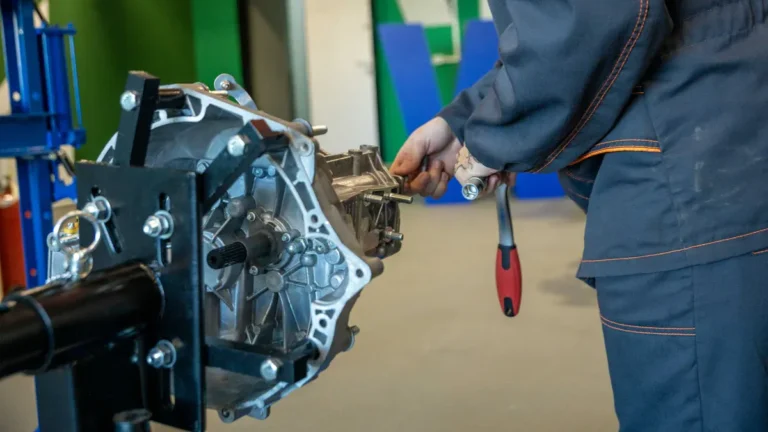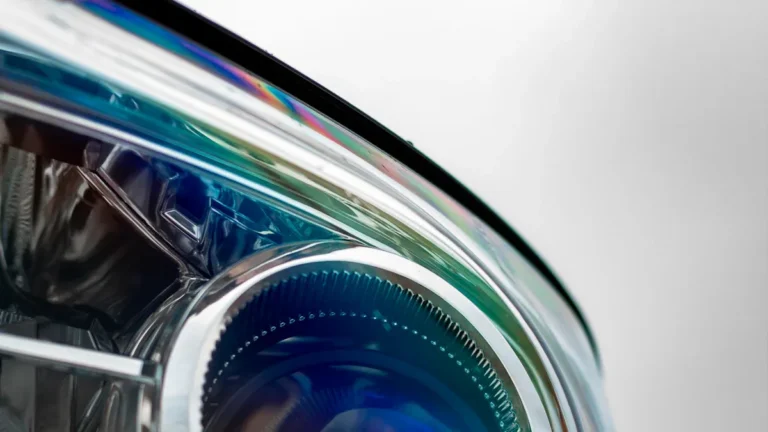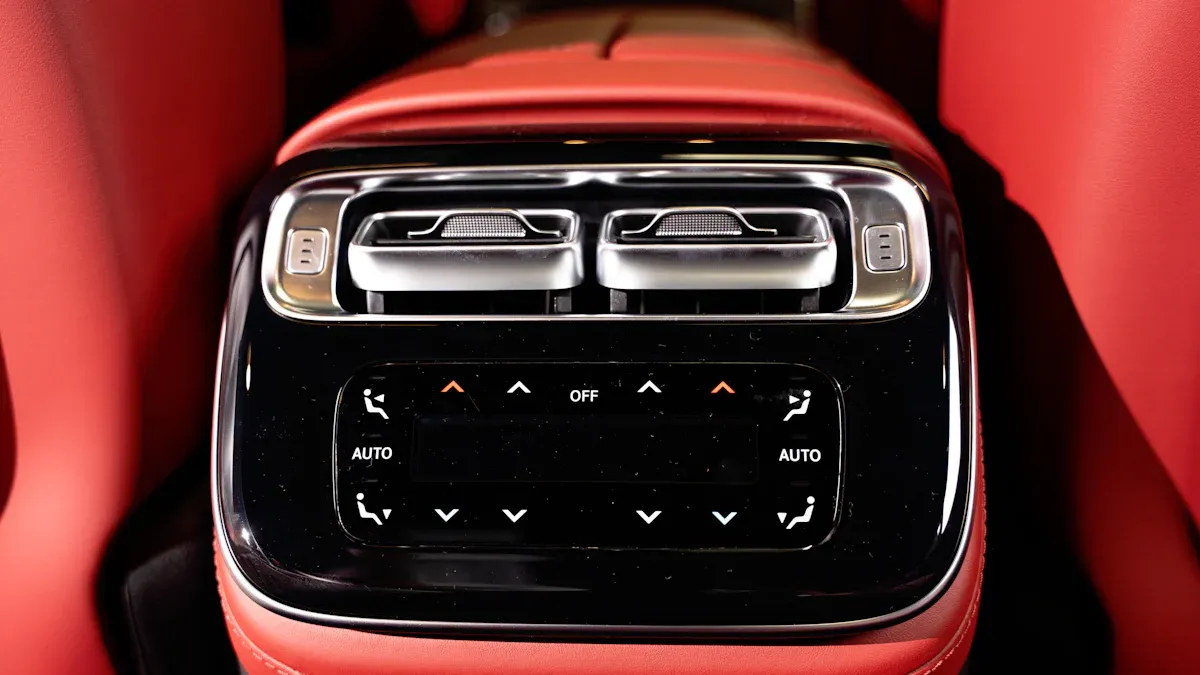
Is your car’s A/C blowing warm air? You want to fix it yourself. Many people call the cooling agent “Freon.” Modern cars use refrigerant 134a. This guide shows you how to add refrigerant to your car. You will learn how to recharge your air conditioner safely. This is for minor top-offs to fill your air conditioning system. It does not fix a leak. You should not use this guide to fill a system with a major problem. Safety is important when you add freon to your car’s A/C.
Key Takeaways
Use the correct refrigerant for your car. Most modern cars use R-134a.
Wear safety glasses and gloves. Refrigerant can harm your skin and eyes.
Find the low-pressure port. This is the only place to add refrigerant.
Add refrigerant slowly. Watch the pressure gauge to avoid overfilling.
Seek professional help for big leaks. Adding refrigerant is a temporary fix for small issues.
Understanding Refrigerant and Your AC
Correct Refrigerant Type
You need to know your car’s correct refrigerant type. Many people call all refrigerants “Freon.” However, “Freon” is a brand name. Most modern cars use R-134a refrigerant. Older cars, made before 1995, likely used R-12. Manufacturers stopped using R-12 due to environmental concerns. Some R-12 systems were changed to use R-134a. Newer cars, from 2014 onwards, often use R-1234yf. This refrigerant is better for the environment.
R-134a is a common refrigerant. You can see its properties here:
Property | Value |
|---|---|
Chemical Name | 1,1,1,2-Tetrafluoroethane |
Chemical Formula | C₂H₂F₄ |
CAS Number | 811-97-2 |
ASHRAE Number | R-134a |
Molecular Weight | 102.03 g/mol |
Boiling Point | –26.1°C (–15°F) |
Critical Temperature | 101.1°C |
Critical Pressure | 4.06 MPa |
R-134a does not harm the ozone layer. However, it can contribute to global warming if it leaks out. Its atmospheric lifetime is about 14 years. Improper disposal or leaks from your car’s air conditioning system release greenhouse gases. Regulations now control R-134a use.
Low Refrigerant Symptoms
Your car’s air conditioning system needs enough refrigerant to cool properly. You will notice several signs if your refrigerant level is low. The most common sign is warm air blowing from your vents. Your AC compressor might also cycle on and off more often than usual. This happens because the system struggles to maintain pressure. You might also hear unusual noises when the AC runs.
You can check pressure readings on an AC gauge.
Low readings on both the low and high-pressure gauges suggest you need to add refrigerant.
Low-pressure readings below the normal range indicate insufficient refrigerant.
A small temperature difference between the low and high-pressure sides also points to insufficient refrigerant.
DIY vs. Professional AC Service
You can often fill your car’s air conditioning system yourself if it just needs a small top-off. This is a cost-effective solution for minor issues. However, if your system has a leak, adding refrigerant is only a temporary fix. A professional service can find and repair leaks.
Professional AC service costs vary.
Most AC repairs range from $150 to $1,200.
Minor repairs, like replacing a capacitor, often cost less than $500.
Major component failures, such as a compressor, can cost $800 to $2,000 or more.
Diagnostic fees typically range from $100 to $250.
You should seek professional help for persistent leaks or if your AC compressor does not engage. They have specialized tools to diagnose complex problems.
Tools to Recharge Your Car’s Air Conditioner
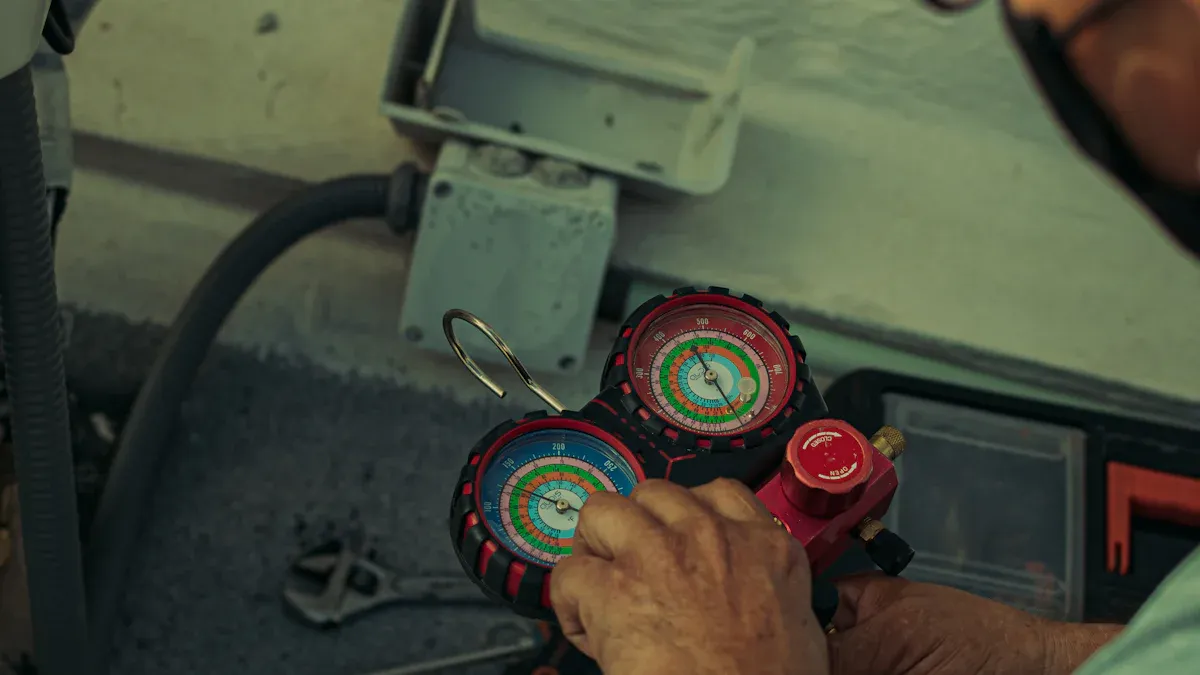
You need the right tools before you recharge your car’s air conditioner. Gathering these items ensures a smooth and safe process.
Refrigerant Can and Dispenser
You will need a can of refrigerant. Most modern cars use R-134a refrigerant. You can find these cans at auto parts stores. A full car air conditioning system might hold around 7 ounces of refrigerant. Smaller 2-ounce cans are often available for minor top-offs. Standard 12-ounce cans are common. However, these cans make accurate charging difficult. You lose about 2 ounces in service hoses. Another 1 ounce per can remains due to pressure equalization. This means a 30-ounce system needs three 12-ounce cans. This results in about a 31-ounce charge. This falls within the acceptable operating window. Using a 12-ounce can for a small top-off can easily lead to overfilling.
You also need a dispenser. This tool connects the can to your car’s A/C system. Many cans come with a built-in dispenser and gauge. You can also buy a separate recharging kit. This kit usually includes a hose and a pressure gauge. The dispenser helps you control the flow of refrigerant.
Essential Safety Gear
Safety is very important when you fill your car’s air conditioning system. Refrigerant can cause frostbite or eye damage. You must wear proper personal protective equipment (PPE).
Safety glasses or goggles: These protect your eyes from splashes. Regular glasses do not offer enough protection.
Chemical-resistant gloves: Wear nitrile or neoprene gloves. They prevent skin contact. Skin contact can cause severe frostbite-like injuries.
Long-sleeved shirts and long pants: These give you extra skin coverage. Avoid synthetic fabrics. They can melt if hot refrigerant lines touch them.
Safety shoes: Choose shoes with slip-resistant soles. They prevent falls if refrigerant leaks create slippery spots.
Locating the Low-Pressure Port
You must locate the low pressure side refrigerant fill port. This is the only correct point for adding refrigerant to your car. Your car has two service ports on the A/C lines. One is for high pressure, and one is for low pressure. The low-pressure port is usually on the larger diameter line. It sits between the compressor and the evaporator. It often has a blue or black cap. The high-pressure port usually has a red cap. It is on the smaller diameter line. The dispenser hose only fits the low-pressure port. This prevents you from connecting it incorrectly.
Step-by-Step: How to Recharge Your Car’s A/C
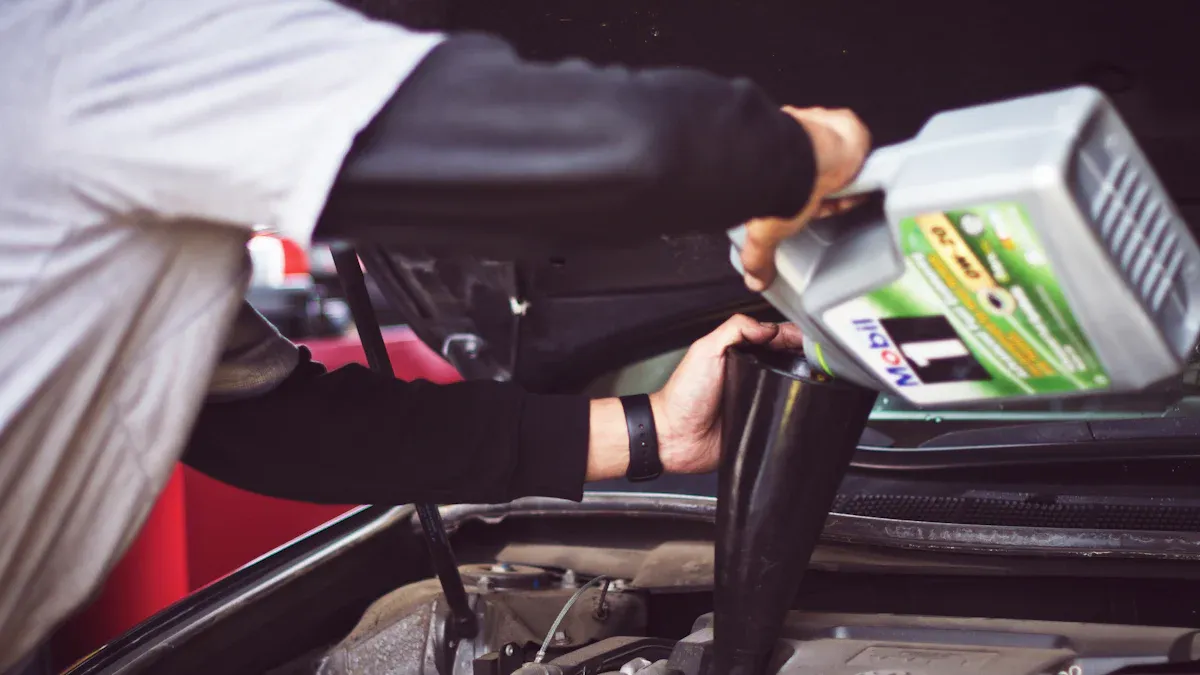
Recharging your car’s air conditioning system is a straightforward process. You can successfully add freon to your car by following these steps carefully.
Vehicle Preparation
Before you begin, prepare your car for the recharge. This ensures safety and proper system operation.
Start the engine of your car.
Turn the A/C on.
Set the fan to its maximum speed.
Keep the engine running and the A/C on maximum until you finish the entire filling process. This allows the refrigerant to circulate properly.
Connect Dispenser to Low-Pressure Port
Now, you will connect the refrigerant dispenser to your car’s low-pressure port.
First, clean the area around the low-pressure port. Use a clean rag to remove any dirt or debris. This ensures a secure connection and stops contaminants from entering the air conditioning system.
Attach the hose from the AC recharge kit to the can of refrigerant. Follow the manufacturer’s instructions to secure it properly.
Push the other end of the hose, which has the quick-connect coupler, onto the low-pressure port. You will hear a click when it locks into place. This ensures a tight connection and prevents refrigerant leaks.
Gently tug on all connections. Confirm they are secure before you proceed with the recharge process. Wiggle the coupler slightly after attachment to ensure it is firmly seated.
Engine On, AC Max Cold
You have already started your car and set the A/C to its maximum cold setting with the fan on full. This is crucial. The compressor needs to run to pull the new refrigerant into the system. If the compressor does not engage, the system will not accept the refrigerant.
Adding Refrigerant: The Process
Now you will add refrigerant to your car. This is the core of how to recharge your car’s air conditioner.
Hold the can of refrigerant upright.
Add refrigerant in short bursts. Hold the dispenser trigger for about 30 seconds to 1 minute at a time.
Continuously monitor the pressure gauge on the dispenser. The gauge will show you the current pressure in your system.
Release the trigger between bursts. Check the pressure reading. The primary goal is to achieve a pressure reading within the recommended range on the gauge. This range is usually marked in green.
Shake the can gently between bursts to help the refrigerant flow.
Avoid overfilling the system. Overfilling can lead to excessive pressure. This can potentially cause compressor failure and damage to other AC components. You do not want to exceed the maximum pressure.
Check Compressor and Air Temperature
As you add refrigerant, check your car’s A/C performance.
Observe the compressor pulley. The clutch should engage and spin along with the pulley. If it does not, you might have a different problem.
Feel the air coming from the vents inside your car. It should start to get colder.
Continue to fill the system until the air feels cold and the pressure gauge reads within the recommended range.
Safe Dispenser Disconnection
Once the air is cold and the pressure is correct, you can disconnect the dispenser.
Release the trigger on the dispenser.
Pull back on the quick-connect collar on the low-pressure port.
Remove the dispenser hose from the port.
Replace the cap on the low-pressure port. This protects the port from dirt and moisture.
You have successfully added refrigerant to your car.
Troubleshooting and Common Mistakes
You now know how to add freon to your car. Sometimes, problems still happen. Understanding common mistakes and troubleshooting steps helps you fix issues. It also prevents further damage.
Dangers of Overfilling
You might overfill your car’s A/C system if you do not carefully watch the dispenser gauge. Overfilling causes serious problems. Excess refrigerant interferes with the refrigerant cycle. This prevents proper conversion between liquid and gas forms. It also increases pressure within the air conditioning system. This forces the compressor to work harder. You will see reduced efficiency and higher energy consumption. The compressor can burn out due to this strain. Liquid refrigerant can enter the compressor, mix with oil, and rapidly cause it to burn out. This damage can be severe. You might need a complete AC system replacement.
Compressor Not Engaging
Sometimes, you add refrigerant, but the compressor still does not engage. Several reasons cause this. Low refrigerant levels can cause the compressor to overheat and fail. Electrical issues often prevent the compressor from receiving power.
You should check connections and wiring for damage. A faulty capacitor can stop the compressor from turning on. A broken start relay can also prevent it from working. Clogged refrigerant lines create blockages. These blockages cause pressure and temperature buildup. This leads to compressor failure. Too much or too little refrigerant strains the compressor. This can cause leaks or require excessive pressure.
Persistent Leaks and Malfunctions
Adding refrigerant is a temporary fix for a small leak. If your car’s AC system has a persistent leak, you need a professional repair. You can detect leaks in several ways. Technicians often add a contrast agent to the refrigerant. A UV lamp then makes escaping agent visible. This pinpoints leaks. Electronic leak detectors indicate leaks with an acoustic signal. These detectors find tiny leaks in hard-to-reach areas. Another method uses forming gas. The empty AC system fills with a mixture of nitrogen and hydrogen. A special electronic indicator then checks components for leaks.
Environmental Responsibility
You have a responsibility to protect the environment. Refrigerants like Freon (R-22) or R-410A are ozone-depleting substances. They also have high global warming potential. The Clean Air Act classifies them this way. Attempting to remove refrigerant yourself is illegal and dangerous. It can cause serious environmental harm. You can face fines up to $37,500 per violation. Federal regulations mandate that a technician with an EPA 608 certification must handle refrigerant. Improper disposal allows refrigerants to leak into the atmosphere. This contributes to ozone layer depletion and climate change.
Violation | Penalty |
|---|---|
Improper Disposal of Refrigerants | $37,500 per day |
Non-compliance with Clean Air Act | Up to $145,000 |
Failure to Recover Refrigerant | $442,500 |
Illegal Release of CFCs | $525,000 |
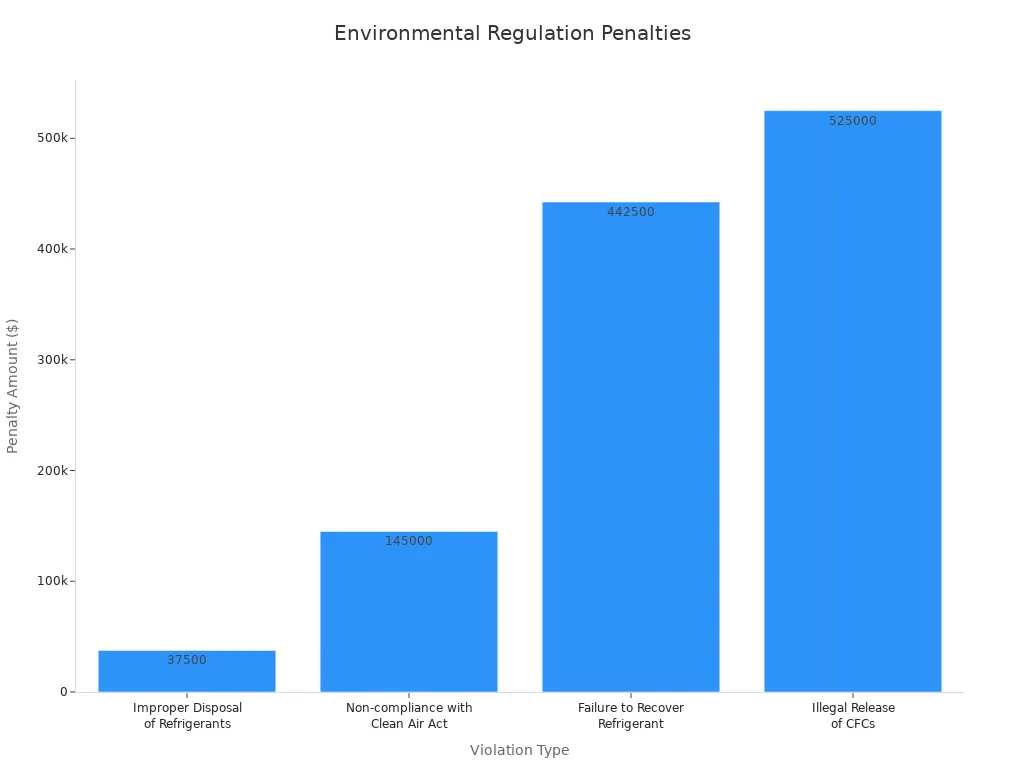
You must dispose of used refrigerant cans properly. Many auto parts stores offer recycling programs. Always follow local regulations for disposal.
You can successfully add freon to your car, a simple and cost-effective DIY task. You connect the dispenser, carefully fill the system, and monitor the pressure. Remember, regular maintenance of your car’s air conditioning system boosts fuel efficiency and prevents costly repairs, extending your car’s lifespan. Always know when to seek professional help for complex issues. Prioritize safety by wearing proper gear and using your dispenser correctly. Always dispose of refrigerant cans responsibly.
FAQ
Can I use household AC refrigerant in my car?
No, you cannot. Household AC units use different refrigerants. Car AC systems typically use R-134a. Using the wrong type can damage your car’s system. It can also be dangerous. Always check your car’s specific refrigerant type.
How often should I recharge my car’s AC?
You should only recharge your car’s AC when it stops blowing cold air. A properly working system should not need frequent recharges. If you need to recharge often, you likely have a leak. You should address any leaks promptly.
What if my AC still blows warm air after recharging?
If your AC still blows warm air, you might have a larger problem. You could have a significant leak. The compressor might not be working. Other components, like the condenser or evaporator, could be faulty. Seek professional help for diagnosis.
Is “Freon” the same as R-134a?
No, “Freon” is a brand name for refrigerants. It often refers to older R-12 refrigerant. Most modern cars use R-134a. These are different chemicals. You must use the correct refrigerant for your car. Check your car’s manual.
Can I add refrigerant if my system has a leak?
You can add refrigerant for a minor top-off if you have a small leak. However, this is only a temporary fix. The refrigerant will eventually escape again. For persistent leaks, you need a professional repair. They can find and fix the leak.

